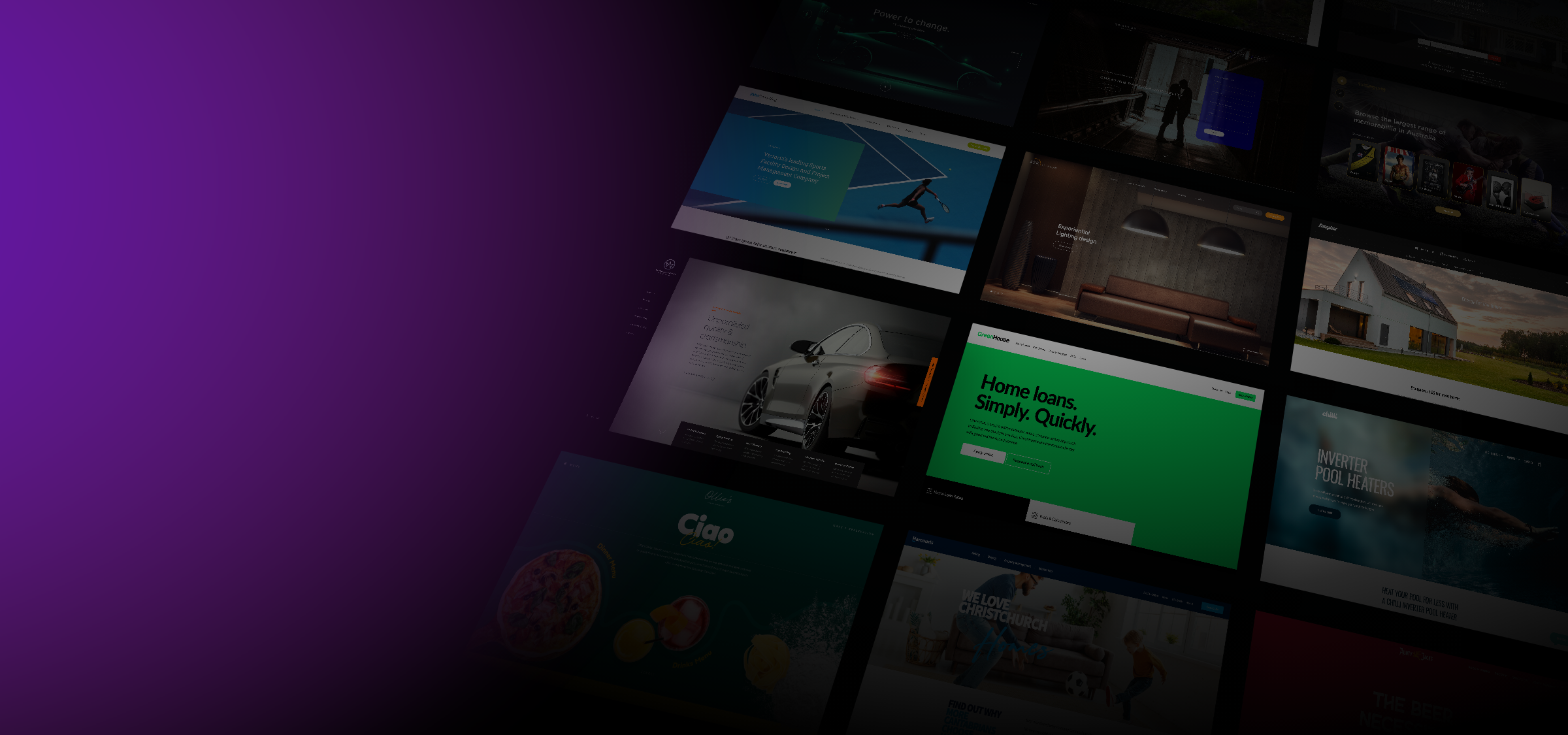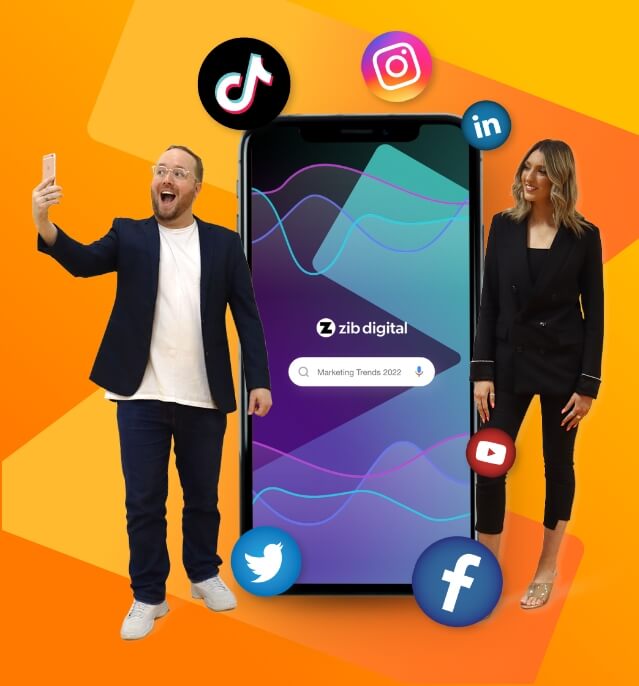Want to learn the most effective way to convert visitors to your website into customers? Having a well-built, optimised landing page is a proven way to increase your business’ conversion rate.
Think of a landing page as the main destination for conversions – it’s a standalone web page for a business, created with the sole goal of turning traffic into sales. People are typically directed to a landing page after clicking on a digital ad, an email link, or a social media link.
The primary purpose of the page is to prompt visitors to sign up for the business’ services or purchase their products, which is why it’s so important to make sure your landing page is as close to perfect as possible.
We’ve put together a beginner’s guide to help you optimise your website’s landing page and achieve maximum results for your business:
Perfect the basics
There are a few non-negotiables when it comes to creating a landing page. Before you experiment with new strategies or features, get a good grip on these basics first:
- Limit the number of interactions a visitor can have on your landing page. Remember, you want them to sign up for what you’re offering or purchase what you’re selling – don’t give them the opportunity to click away from the landing page.
- Make it clear what you’re offering. Less is more when it comes to copy on a landing page. Readers will exit out of the page if they must dig for information.
- Ensure your page loads quickly. Research has shown that in the first five seconds after a click, each additional second of load time will reduce your conversion rate by an average of nearly five percent.
- Add credibility: include a testimonial, your logo, partner logos, and anything else to signify that you’re a trustworthy business.
Once you’ve got the essentials down pat, you can build on those fundamentals to optimise the page.
Analyse the data and stats
Once you’ve built your landing page, gather data about your customers and how they interact with the page to figure out what works well. This data will help you understand if you need to make some tweaks to your landing page. You might find once you have reeled customers in, you are losing potential conversions because something on the page isn’t resonating.
Here are a few ways to figure out what works well on your landing page:
- Heat maps – Digital heat maps will show you what your customers are looking at and where they’re clicking on your landing page. This will help you understand what attracts conversions.
- Scroll maps – Similar to heat maps, scroll maps show you how far down your landing page visitors are reading, how long they’re spending reading each section, and where they choose to exit out of the page. This can help you edit your landing page copy to best hook potential customers.
- A/B testing – A/B testing involves showing two different versions of your web page to different people at the same time. This allows you to test out different features and tactics and see in real-time what customers like and dislike.
Don’t throw spaghetti at the wall to see what sticks
The stakes are high when it comes to a landing page. The only purpose it serves is to convert visitors into customers, so you can’t afford to have an inadequate landing page.
The best practice is to try out new strategies or features one by one and observe over time how effective or ineffective they are. This is also where A/B testing comes in handy: if there’s a feature you feel could be improved or replaced, but you don’t want to get rid of what you already have right away, publish the new version of the page at the same time and see how it performs.
A great landing page can work wonders for your conversion rates, so it’s important to update your landing pages as needed and consistently check on their performance.
Optimise your page for search engines
If you want to be front and centre when people search for your products or services, SEO is an essential part of your marketing strategy. Good SEO doesn’t just bring more traffic to your website through search engines; it also builds credibility for your business and can cement your brand as a key player in your industry.
The basics of SEO include researching your keywords and including them strategically throughout the page, publishing your page to a custom domain, and making your content shareable. These beginner SEO tricks will help guide traffic to your landing page and make browsers more likely to turn into customers.
Here at Zib, we don’t dabble in SEO – we live and breathe it. SEO is our trademark service and we use proven strategies that deliver long-term results to help you rank better on Google.
Ready to get started designing your landing page and setting up your SEO strategy? Drop us a line and find out how Zib can help you today.



